
Charles Fisher
Chief Scientist
Peter Girguis
Chief Scientist

Location:
Suva, Fiji to Nuku’alofa, Tonga

DOI: 10.7284/906664
Collaborating Institutions
The second hydrothermal vent cruise of the year continued in the Lau Basin off Fiji and Tonga. The team of interdisciplinary scientists led by Drs. Peter Girguis from Harvard University and Charles Fisher from Pennsylvania State University focused on the huge animal communities living in the vent system, contributing to a long term monitoring dataset.
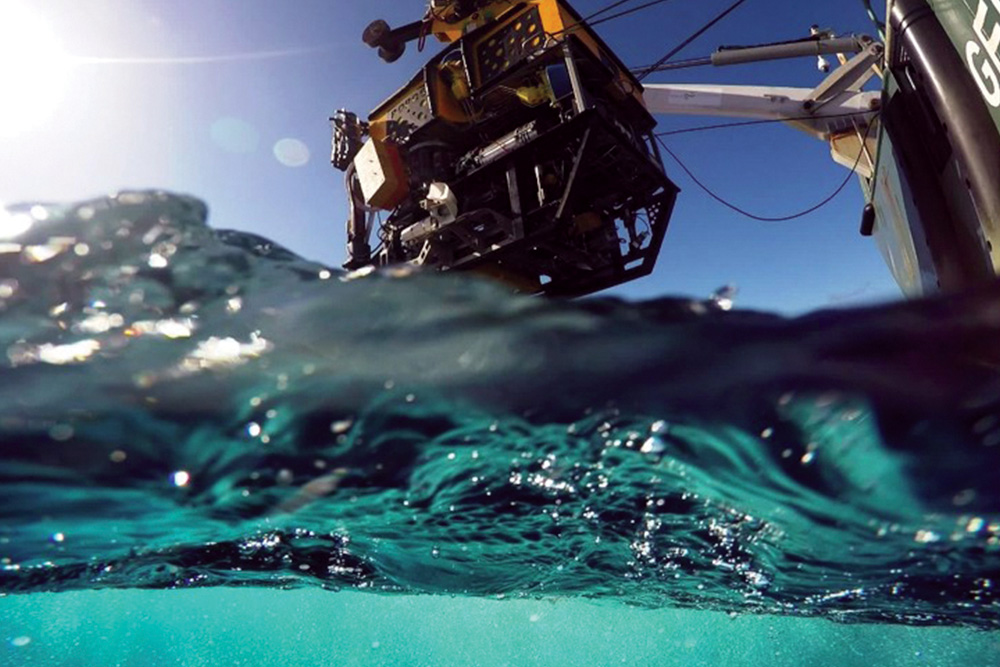
Using Canadian Scientific Support Facility’s ROV ROPOS, supported by Schmidt Ocean Institute, high-resolution bathymetry was collected from four key sites that can be compared to data collected in 2006, allowing the research team to identify changes at these locations, presumably caused by tectonic or volcanic activity.
ROV ROPOS was used to perform a range of tasks including visual and sonar surveys, collecting specimens, as well as transporting sensors to record environmental measurements. The camera systems on ROV ROPOS were used to gather imagery, which was stitched together to create high-resolution 2D and 3D photomosaics. All dives were live streamed on Schmidt Ocean Institute’s YouTube page, sharing over 170 hours of footage. “There is one moment where it is all black and then suddenly there they are, giant chimneys covered in life,” said one of the scientists on the expedition.
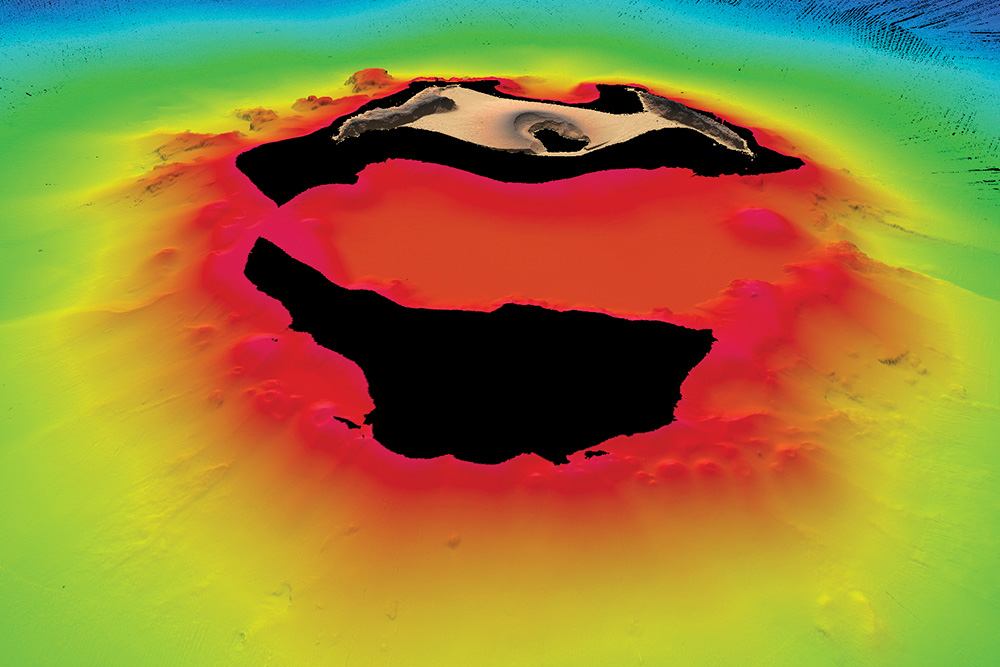
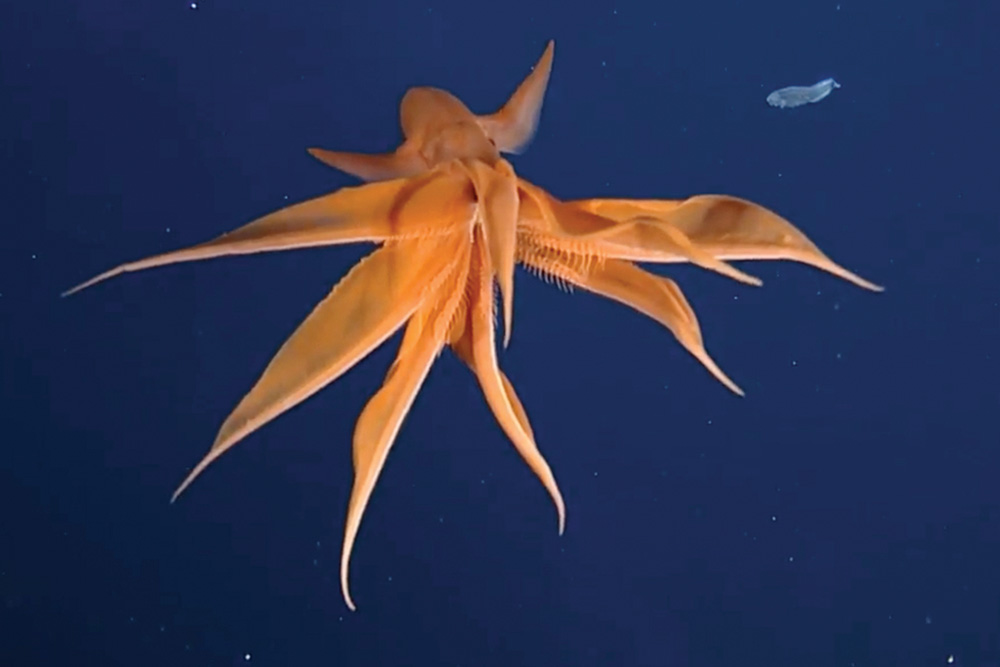
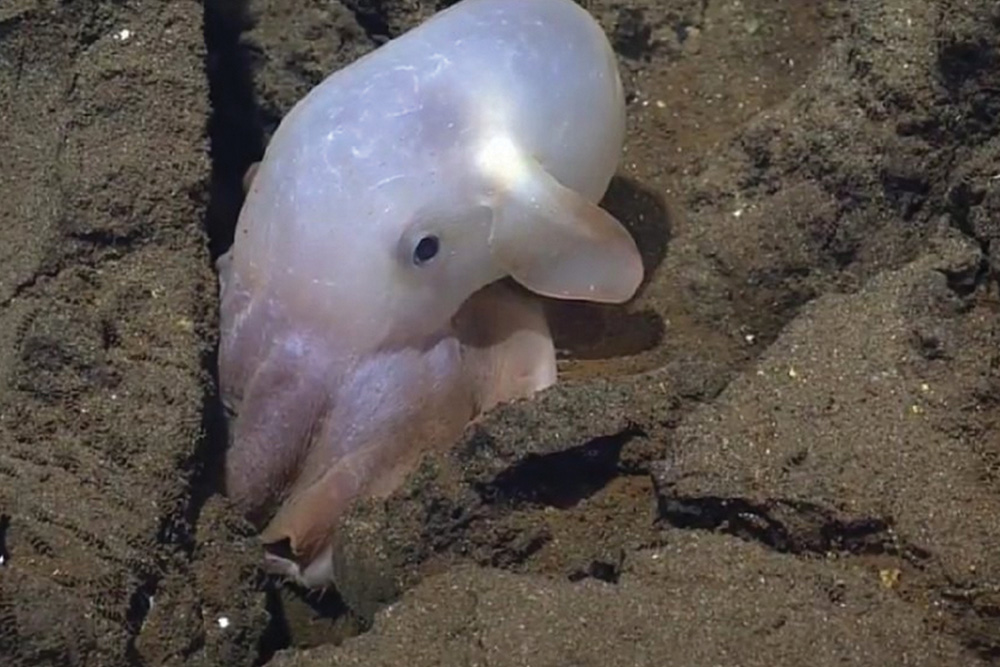
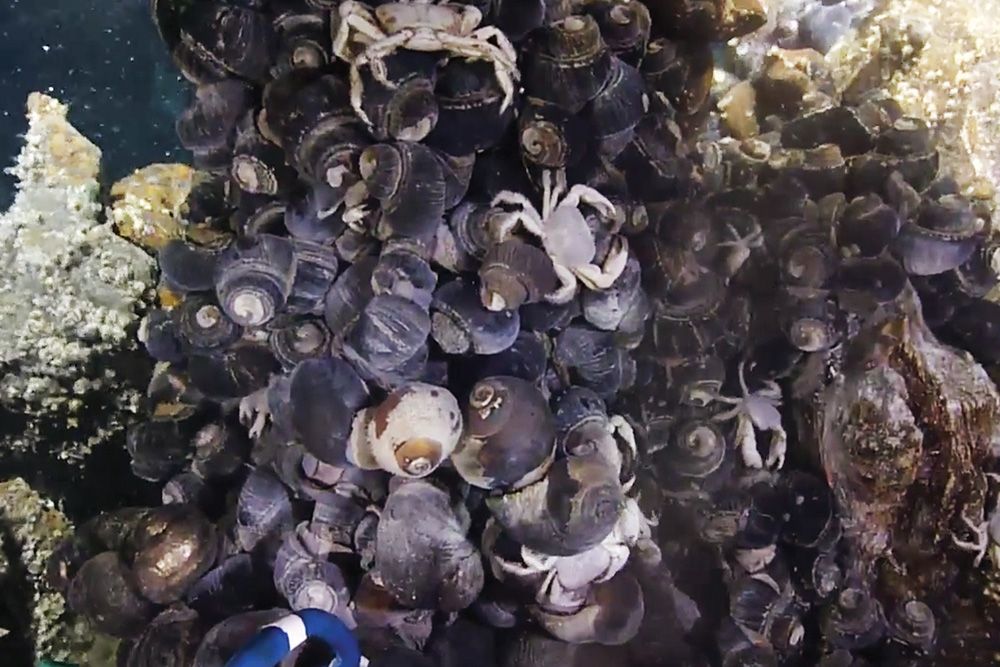
Based on initial comparisons of the imagery, the long-term study sites are much more stable than previously thought. This is an important finding as it challenges previous understanding that vent environments are highly dynamic, causing concern over potential environmental impacts from deep-sea industrial mining. Our limited knowledge of hydrothermal vent ecosystems is a key obstacle in effectively measuring, managing, or predicting man-made effects in this area. The data gathered on this cruise will be helpful in providing a baseline for creating conservation strategies for vent sites.
Additionally, the science team was able to characterize the physical-chemical environment, emphasizing the dynamic aspects of the habitat and animal communities. Using an in situ mass spectrometer with a new device built especially for this study, scientists were able to acquire high-quality chemical measurements of hydrothermal fluid ranging from a few degrees above ambient temperature to over 300°C. High quality samples of corrosive hydrothermal vent fluids taken at high temperature and pressure were collected from three sites. The collections are expected to provide some of the best datasets on the impact of these animal communities on the flux of chemicals from diffuse flow.
You know you are probably the first to see this, and, in that moment of discovery, you realize that there are still places on this planet that we haven’t explored.
A mobile laboratory was set up on Falkor replicating pressure at depth so shipboard scientists could observe collected species in conditions close to their deep-sea habitat. The team examined the symbiotic and chemosynthetic relationships that giant snails and miniature tube worms have with the microbes present, making life possible in extreme vent environments. Ground-breaking studies were also conducted using particle exposure to study the impact of natural and anthropogenic particles on the health of vent animals. Early insights point towards the idea that the metabolic activity of many faunae living in hydrothermal fields is more diverse than previously thought.
While in Tongan waters, Falkor conducted the first high resolution undersea mapping of a newly developed island — unofficially named Hunga Tonga Hunga Ha’apai (HTHH). This mission of opportunity allowed the team to explore one of the newest islands on Earth. The island surfaced in early 2015 as a result of a “surtseyan” eruption – a violent interaction of searing molten material and cool seawater that results in an original land mass. The data collected will contribute to a project with NASA and Columbia University’s Lamont-Doherty Earth Observatory to create a three-dimensional character of the new island at meter-scale resolution.
